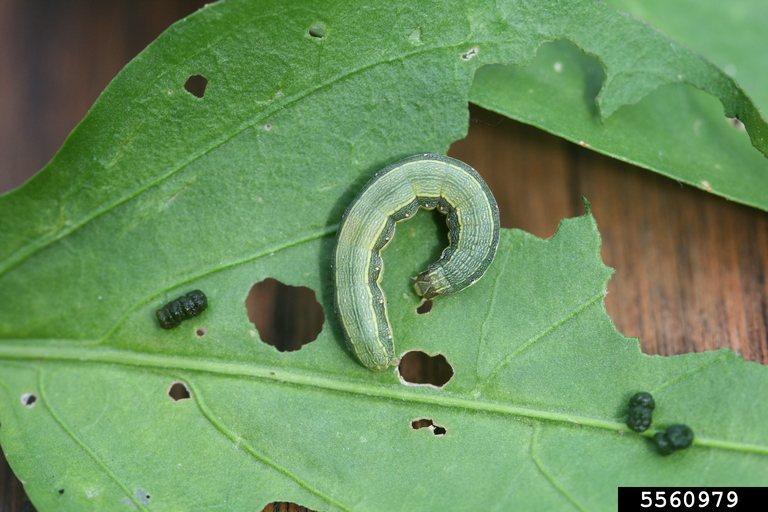Insect infestations vary among pests throughout Alabama, according to pest activity from monitoring traps by Alabama Extension.

As of June 18, the mid-season pest activity lists beet armyworm moth numbers as doubling fall armyworms (FAW), which is normal in the state. Last year was abnormal with very high FAW activity. Beet armyworms are a threat to beans, beets, cabbage, corn, cowpea and tomato.
Southern armyworm moths are at an outbreak level and are more than all other armyworm species. The activity is the highest in Southeast Alabama. Southern armyworms are a threat to cabbage, collard, okra, tomato and cowpea.
Corn earworm/tomato fruitworm (CEW) moth numbers are more than five times higher than tobacco budworm (TBW). CEW activity is especially high in the southern region of the state. TBW pressure is more evenly distributed across Alabama.
Lesser cornstalk borer (LCB) and squash vine borers (SVB) can be detrimental to crops in drought situations. SVB moth pressure is more uniformly spread across Alabama, while LCB is more associated with sandy soils and specific row crops.
LCB moths, which were captured in 21 locations, numbered 874. They are a threat to corn, pea, pepper and bean.

Ayanava Majumdar, Extension professor in entomology and plant pathology at Auburn University, implores producers to scout regularly to detect pest pressure.
“High moth activity in traps usually leads to an increase in caterpillar pressure within 10 to 14 days. Producers should monitor insects, keep good records and develop their own IPM plan suitable for the farm,” said Majumdar.










